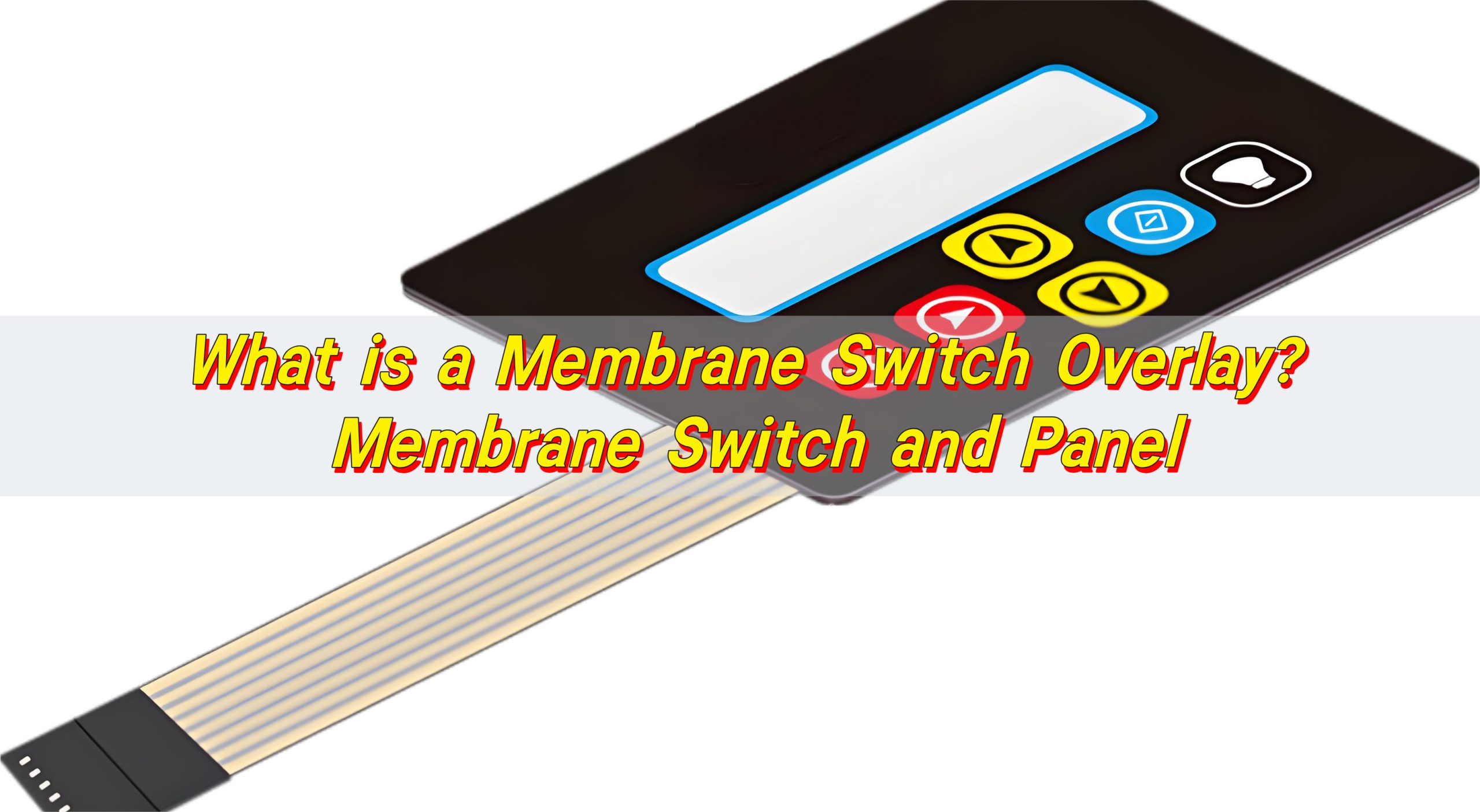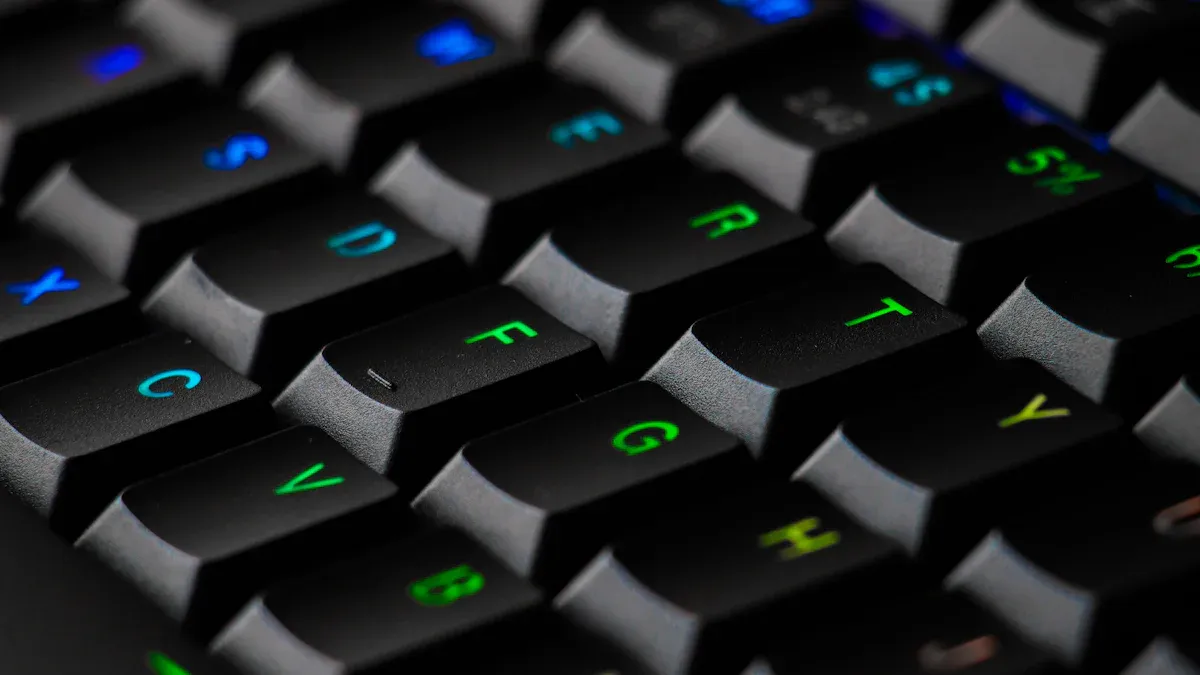
Membrane Switch Durability
Membrane Switch Durability
A membrane switch gives a visually pleasing human-machine interface that is easy to use, low profile, and electronically stable. They are well known to stand up to harsh conditions. Flex circuitry is resilient and can be used in many different environments. Once you know what the end use will be for the flex circuit, the appropriate overlay material can be selected for the part.
Polycarbonate and polyester are the two most used materials for membrane switches. The overlay starts out as a clear material and then is printed on the back side. This protects the graphics and increases durability.
Adhesive Layers
A membrane keypad is made of about 6 layers and each layer serves a unique function. The Graphic Overlay is on top and provides the actual interface buttons and controls. It is mounted to the rest of the keypad with pressure sensitive adhesive.
The PSA (adhesive) forms a strong body when pressure is applied. It doesn’t need any heat or other solvents to activate. This is also sometimes called cold laminating.
These adhesives will give a certain amount of sealing properties to the rest of the membrane switch. Small amounts of liquid and dust are kept out of the switch by the membrane construction. However, this durability is not good enough for severe settings.
The membrane switch may have problems if dropped into water or other liquids and is submerged for any length of time. The edges of a keypad, which protect the circuitry for most normal day to day operation environments, will be insufficient to keep water out if submerged.
Other Contaminants
- Certain abrasive and corroding cleaners may degrade the quality of an Overlay over time.
- Dust can be a problem with outdoor use.
- High humidity.
- Very high or low temperatures.
- High altitudes.

What is a Membrane Switch Overlay? Membrane Switch and Panel
What Are Membrane Switch Overlays? The membrane switch overlay is the outermost interface of the membrane switch assembly that the user actually contacts. When you press a button on a control panel, industrial equipment, or medical device, you’re interacting directly with this overlay. This layer provides not only the visible interface but also protection and ...

Finding the Best PC Membrane Switch Keyboard for Your Needs
You want to find a keyboard that feels right every time you type. Maybe you have tried several options but none seem to fit your hands or your daily tasks. Choosing the right pc membrane switch keyboard means you get comfort, speed, and quiet typing. Your needs and preferences matter most. This guide helps you ...

Why Modern Control Panels Rely on Membrane Switch Technology
You often choose membrane switch technology for control panels because it brings outstanding durability, flexible design, and easy customization. This technology improves how a panel looks, saves space, and gives you reliable tactile feedback. Many industries count on it for these reasons: Industry Key Applications Medical Equipment Ultrasonic therapy device, ventilator, infusion pump keyboard Industrial ...
Contact us online